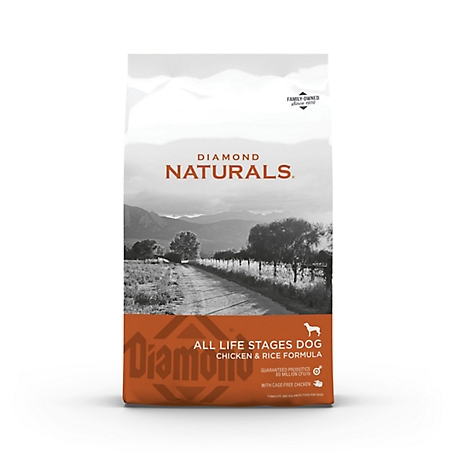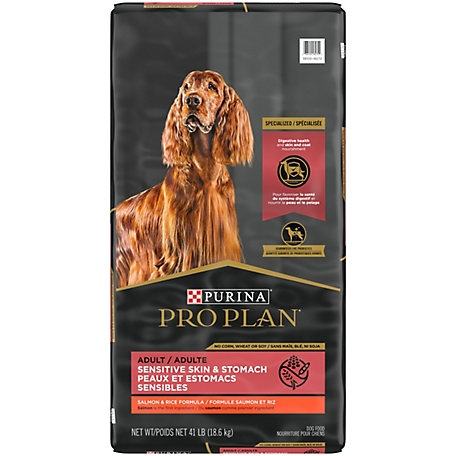Diamond Naturals All Life Stages Dog Chicken & Rice Formula Dry Dog Food
With 26% protein, 16% fat and added superfoods, All Life Stages Dog Chicken & Rice Formula supplies the energy and muscle building blocks your dog needs to stay active and strong. Guaranteed levels of zinc, selenium and vitamin E ensure your dog is receiving proper antioxidant nutrition, and crunchy kibble helps clean teeth and reduce plaque.
With 26% protein, 16% fat and added superfoods, All Life Stages Dog Chicken & Rice Formula supplies the energy and muscle building blocks your dog needs to stay active and strong. Guaranteed levels of zinc, selenium and vitamin E ensure your dog is receiving proper antioxidant nutrition, and crunchy kibble helps clean teeth and reduce plaque.
- Protein and fats provide your dog energy to stay strong
- With cage-free chicken for great taste and nutrition
- Guaranteed levels of zinc, selenium and vitamin E
- Enhanced with superfoods and guaranteed probiotics
Additional information
| Country of Origin | Made in USA |
|---|---|
| Breed Size | Extra Small, Small, Medium, Large, Extra Large |
| Flavor | Chicken and Rice |
| Health Features | Immune System Support, Digestion Support |
| Life Stage | All Life Stages |
| Primary Flavor | Chicken, Rice |
| Special Diets | Probiotics |
| Manufacturer Part Number | 1312 |










by Sue
My dog 🐕 eats it.
by Doug
Couldn’t find my usual brand so decided to try it. Worked very well helping put weight on my older dog.
by Dick
my dogs love this.
by Craig
Have been feeding this food for many years. Very happy with the results. Better than a lot of more expensive foods.
by Bonnee
Great food, at a good price